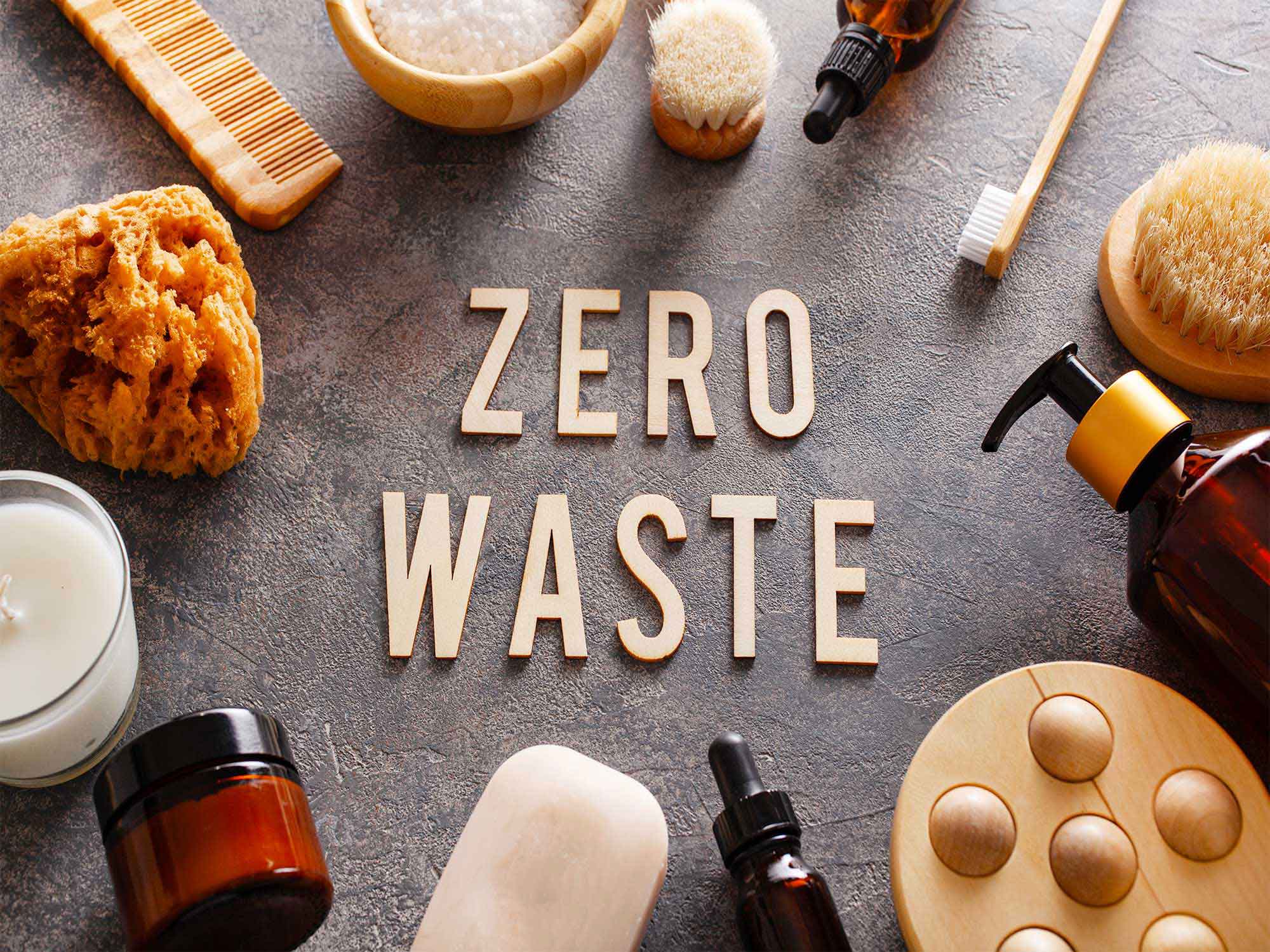
Modern society is facing global issues such as the climate crisis and resource depletion, which threaten humanity’s sustainable development. So, what specific problems are we facing?
Environmental Crisis and the Response of the International Community
In January, the World Meteorological Organization (WMO) announced that the past decade was the hottest on record[1].
Additionally, the World Glacier Monitoring Service (WGMS) reported that in 2024, glaciers shrank more than in any other year between 1949/50 and 2023/24[2].
Earth is sending us increasingly clear signals of crisis. The imbalance in the climate system also connects to the depletion of essential resources such as food. According to a recent report by the UN Food and Agriculture Organization (FAO), global warming is drying out land, leading to excessive soil salinity. Currently, more than 1.4 billion hectares—about 10% of the world’s land—are affected, resulting in crop yield reductions of up to 70% in some regions[3].
To address these environmental crises, the international community is building various cooperative frameworks to foster climate resilience and sustainable development. For example, the Green Climate Fund provides financial support from developed countries to developing countries, helping in climate action and sustainable energy and industrial development. Meanwhile, the UN Sustainable Development Goals (SDGs) provide a framework for international cooperation, aligning national policies and efforts across various areas including climate actions to protect the environment and promote sustainable growth.
Our Reality: The Waste Problem and Its Impacts
In addition to the climate crisis, society is currently facing a surge in waste generation worldwide.
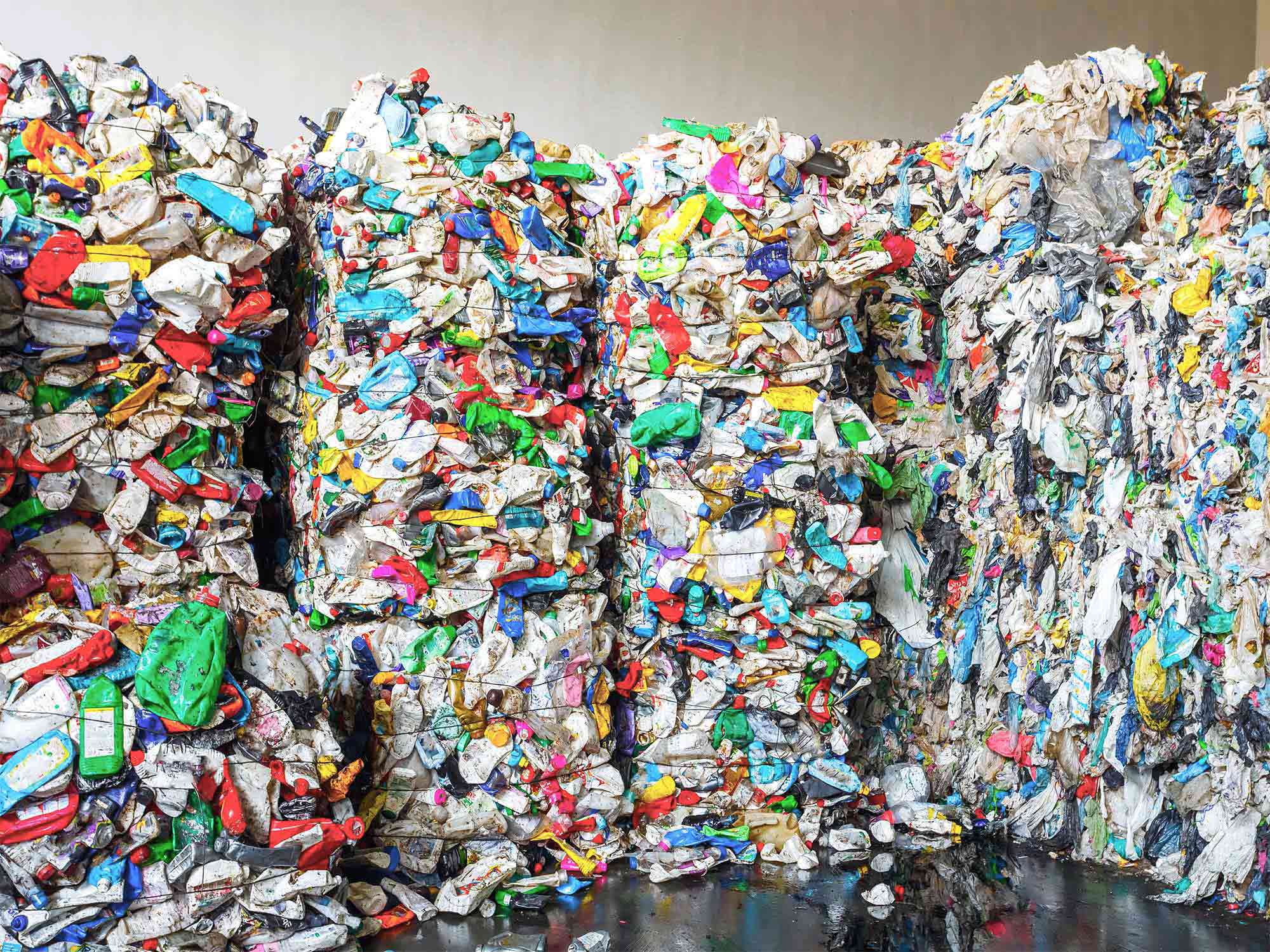
Global Waste Growth: Key Issues
- The Plastic Problem
According to the OECD, about 22 million metric tons of plastic leaked into the environment (on land and at sea) in 2019, and this number is expected to double to 44 million metric tons by 2060[4].
Plastic waste threatens marine ecosystems and, when it breaks down into microplastics, causes long- term damage to ecosystems.
- Food Waste
In 2022, the FAO reported that 1.05 billion metric tons of food were wasted globally, while 783 million people faced food insecurity. Food loss contributes 8–10% of annual global greenhouse gas emissions and uses about one-third of the world’s agricultural land, harming biodiversity[5].
- Single-Use Waste
Since 2020, the pandemic has led to an estimated 129 billion disposable masks entering the oceans[6]. Paper cups are also problematic; because of their internal coating, they have a recycling rate of less than 1%[7], and can take decades to decompose.
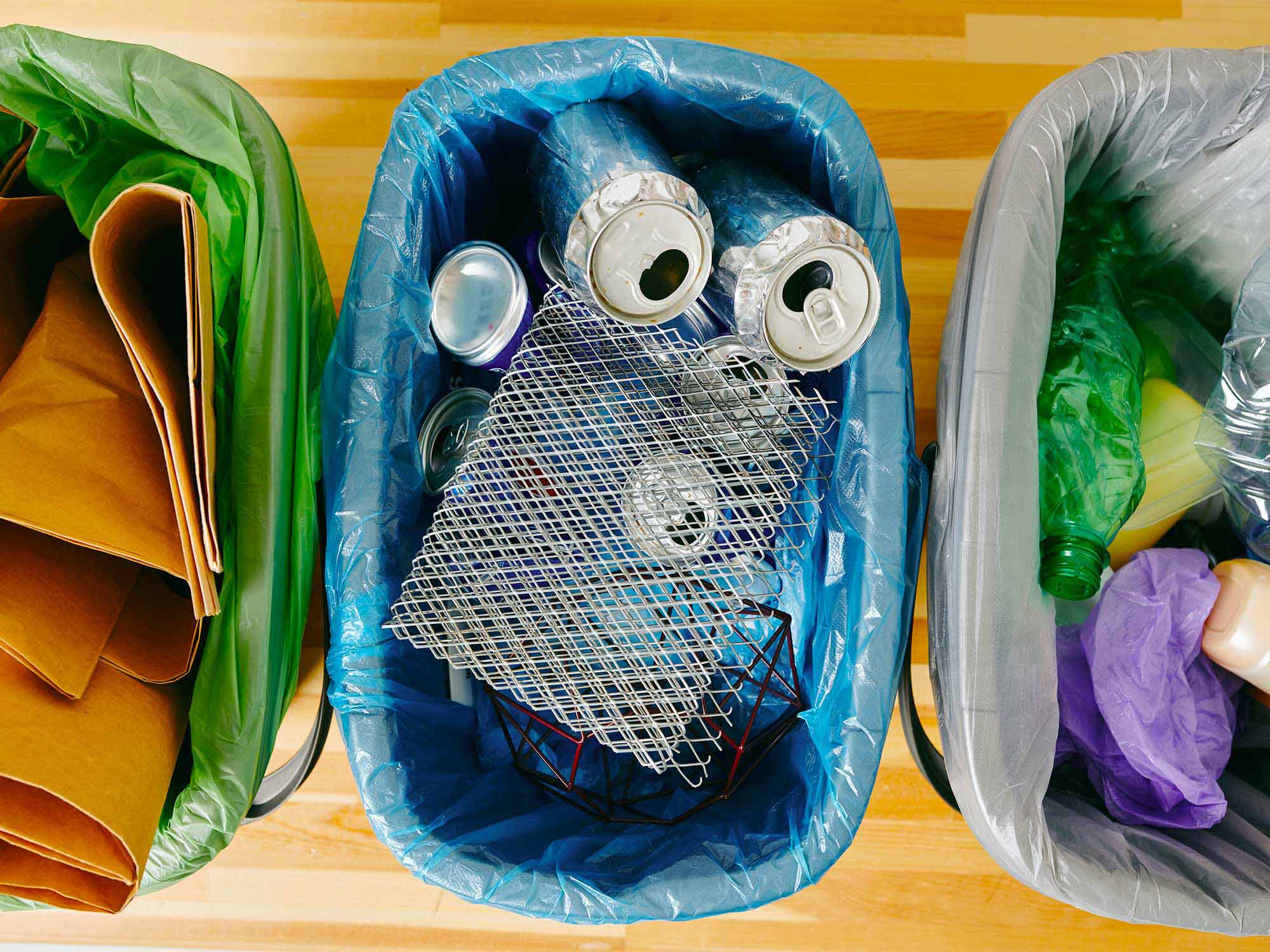
The Gap Between Reality and Institutional Limitations
Plastic production is increasing rapidly, yet regulatory systems and infrastructure are not keeping pace, revealing the limits of citizen-led recycling efforts. According to Statista, a research institute in Germany, global plastic production reached 413.8 million metric tons in 2023, with plastic waste increasing more than sevenfold over the past 40 years, reaching about 360 million metric tons annually[8].
The growing volume of plastic production reveals the inherent limitations of current policies that concentrate primarily on disposal strategies. According to the Korea Institute for International Economic Policy (KIEP), only about 9% of plastic waste was collected for recycling in 2019[9].
No matter how diligently citizens sort their waste, without effective regulation on plastic production, there remains a significant gap between individual efforts and systemic capability.

Inequality Issues
The waste crisis is also tied to global inequality between developed and developing countries. According to a report by the United Nations Institute for Training and Research (UNITAR), 3.3 million metric tons (about 65%) of the 5.5 million metric tons of e-waste transported cross-border in 2022 came from high-income countries to low-and middle-income countries, often undocumented and uncontrolled[10].
This e-waste is typically handled by small-scale recyclers under poor conditions, releasing toxic substances like lead, chromium, and manganese, severely harming local environments and health. This shows that today’s environmental crises extend beyond ecological concerns into structural global inequality.
What is the International Day of Zero Waste?
To address the wide-ranging issues caused by waste and move toward a sustainable future, the United Nations adopted Resolution A/RES/77/161 in December 2022, designating March 30 each year as the International Day of Zero Waste[11].
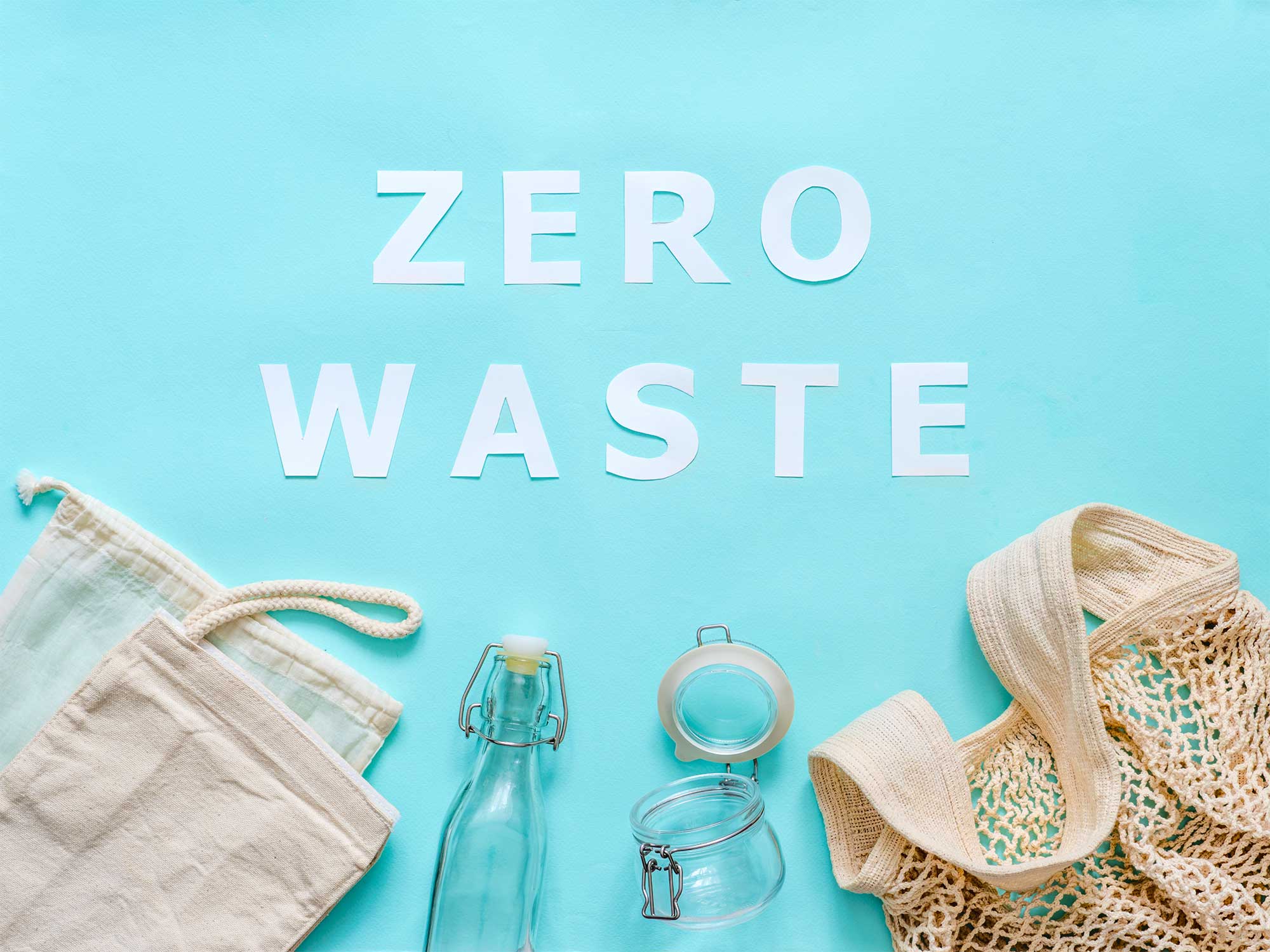
This resolution urges the world to fundamentally reduce waste generation and promote efficient resource circulation to minimize environmental impact.
So, what exactly is “Zero Waste”? Zero Waste goes beyond simply reducing garbage—it aims to prevent all waste, promote reuse and recycling, and build a circular economy that enables a sustainable societal structure[12].
This concept not only tackles the waste crisis but also raises awareness and serves as a key strategy to fight climate change and resource depletion.
Through the International Day of Zero Waste, led by the UN Environment Programme (UNEP) and UN-Habitat, the global community including governments, businesses, and citizens—is encouraged to rethink resource circulation and adopt sustainable consumption habits. The 2025 theme, “Towards Zero Waste in Fashion and Textiles,” reflects how the global fashion industry consumes massive resources and that industrial wastewater accounts for a significant portion of global pollution[13].
This theme highlights international efforts to reduce waste and recycle resources within the fashion and textile sectors, serving as a milestone in transitioning to sustainable production and consumption.
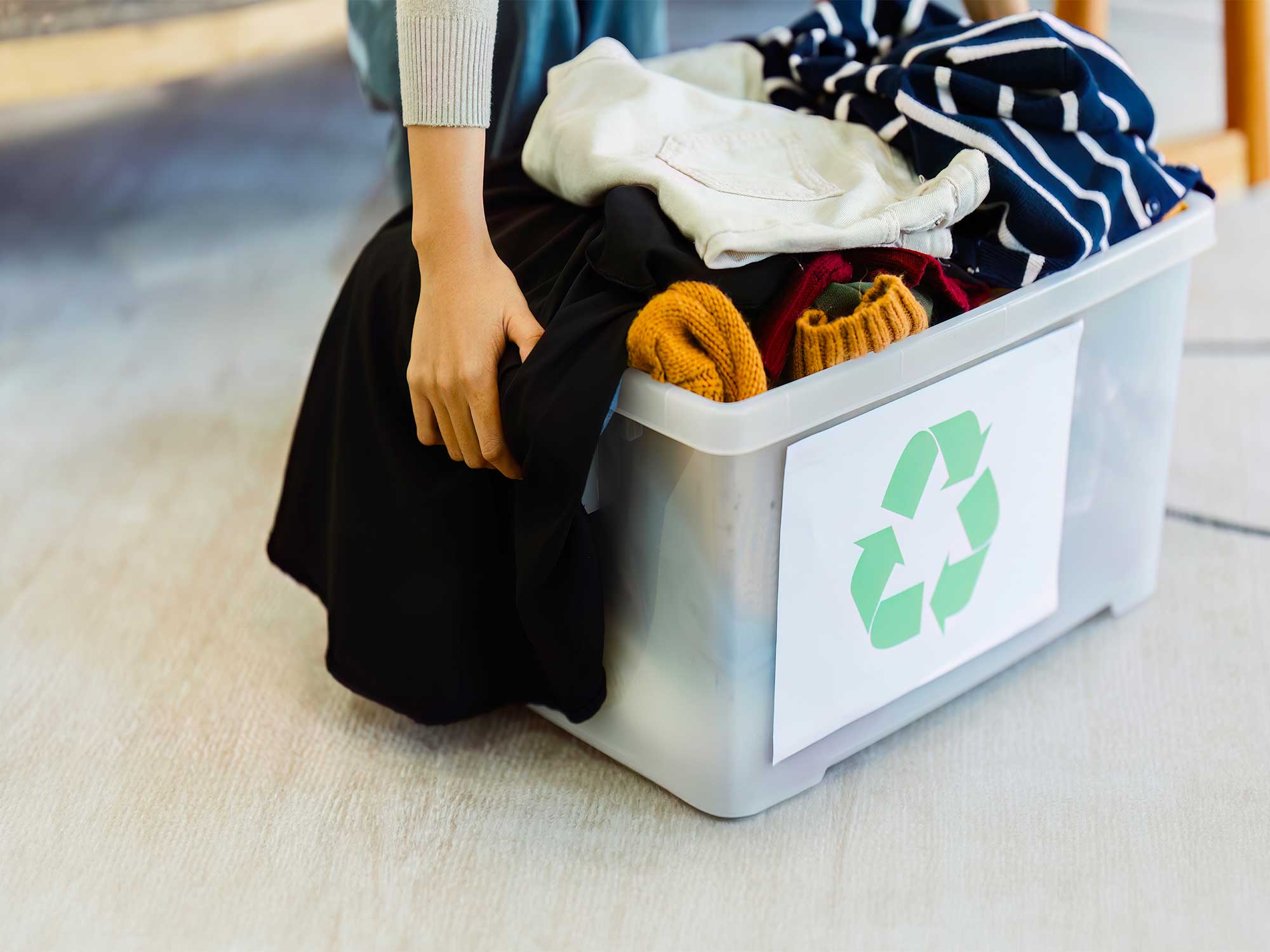
A Changing World Through Individual Action
Our shared efforts to protect this one planet are more urgent than ever. So what role can each of us play? The International Day of Zero Waste emphasizes that without daily citizen participation, its goals cannot be achieved. It symbolizes the importance of both public responsibility and individual involvement.
While governments, companies, and global communities must improve systems and policies, individuals can also make small but meaningful changes by practicing zero waste in everyday life—such as using reusable products, supporting refill systems, and participating in the sharing economy. These are concrete ways to reduce waste and enable the circulation of resources.
International Day of Zero Waste inspires solidarity and responsibility through individual actions and plays a crucial role in confronting today’s environmental and resource crises. When we collectively reimagine environmental problems and move toward a sustainable future, our society can grow into a stronger, more united community.